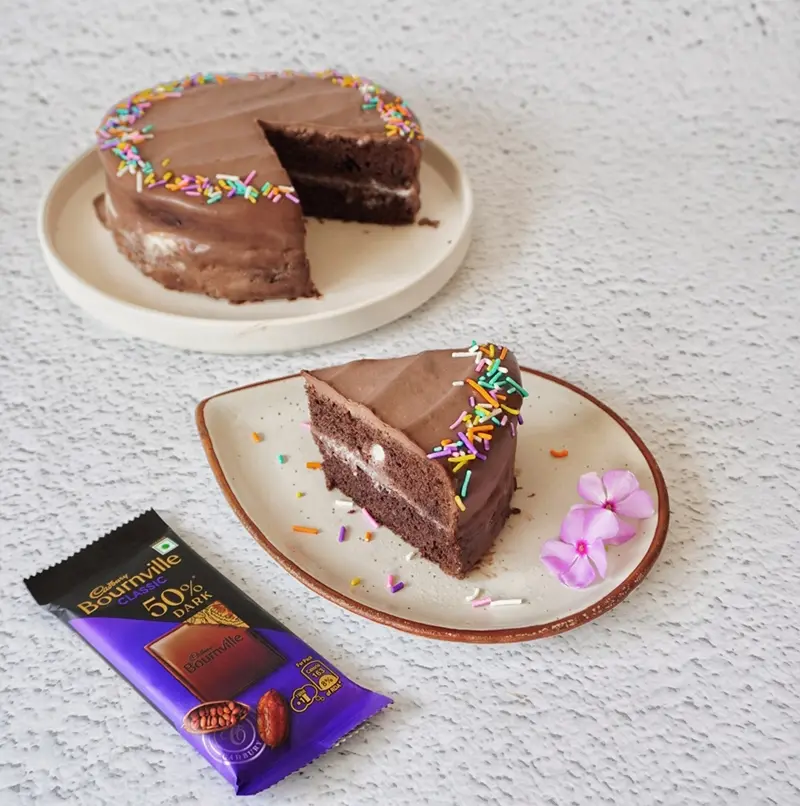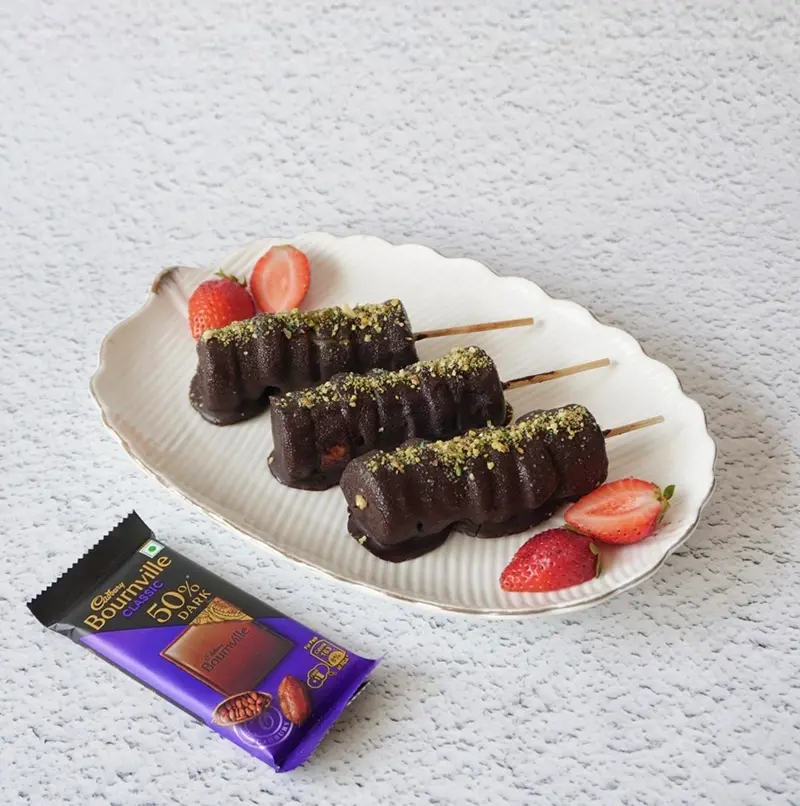A delightful treat with potential health benefits, here’s all you need to know about ruby chocolate.
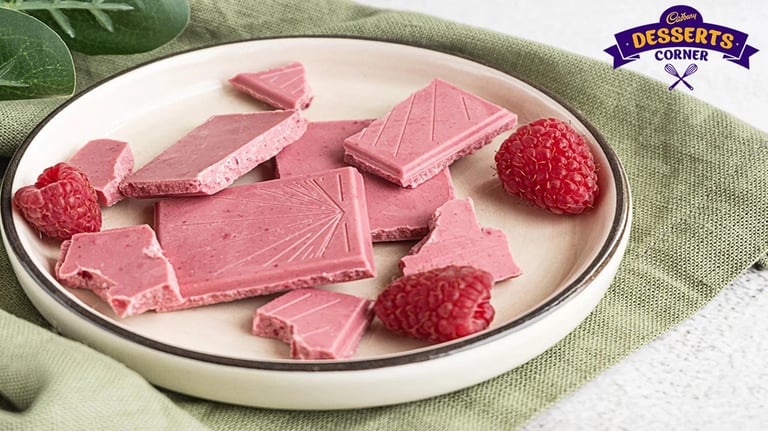
A delightful treat with potential health benefits, here’s all you need to know about ruby chocolate.
Ruby chocolate is a naturally pink-colored chocolate with a pleasant, berry-like flavor. Barry Callebaut, a Belgian Swiss chocolate producer, first introduced it in 2017. According to the firm, ruby chocolate is the fourth type of chocolate, following dark, milk, and white chocolate, and is prepared from cocoa beans harvested in various areas around the world. The beans are then treated in such a way that their natural pink color is revealed: it does not owe anything to artificial colors or flavors.
In terms of its flavor profile, if we were to describe it further, ruby chocolate has a sweet and tangy taste with berry undertones like raspberries and strawberries. It is also slightly acidic. Its lovely hue and unique flavor mean that ruby chocolate is often utilized in desserts such as bonbons, cakes and pastries, to name just a few. And of course, it can also be savored by itself. As ruby chocolate is a recent product, it is not as commonly available as other forms of chocolate. It is, nevertheless, gaining popularity both as a dessert ingredient and as a chocolate to experience in its own right.
How It’s Different

Color: Unlike the brown tones of dark and milk chocolate, as well as the ivory color of white chocolate, ruby chocolate is naturally pink. This peculiar color is due to a unique processing technology that amplifies the natural pink pigments found in certain cocoa beans.
Flavor: Ruby chocolate has a distinct flavor characteristic that sets it apart from other chocolates. It has a light sweetness, a tinge of bitterness, and a delicate fruity aroma reminiscent of berries. The natural qualities of the cocoa beans utilized, as well as the processing procedures used, are credited with this flavor profile.
Taste: Ruby chocolate has a particular flavor profile when compared to other chocolates. It's not as bitter as dark chocolate or as sweet as milk chocolate. Instead, it strikes a delicate mix of sweetness and taste, with a fruity undertone. This distinct flavor has gained significant popularity among chocolate enthusiasts looking for new and fascinating flavor experiences.
Ingredients: Ruby chocolate is entirely formed of cocoa beans, sugar, and cocoa butter. It includes no artificial colors or flavorings. This dedication to natural ingredients contributes to ruby chocolate's popularity among health-conscious consumers.
Versatility: Ruby chocolate's distinct flavor and color make it an adaptable component for a wide range of culinary creations. It can be eaten alone, used in sweets and pastries, or used as a decorative element. Its adaptability has made it a favorite of chocolatiers and pastry chefs.
Potential Benefits?
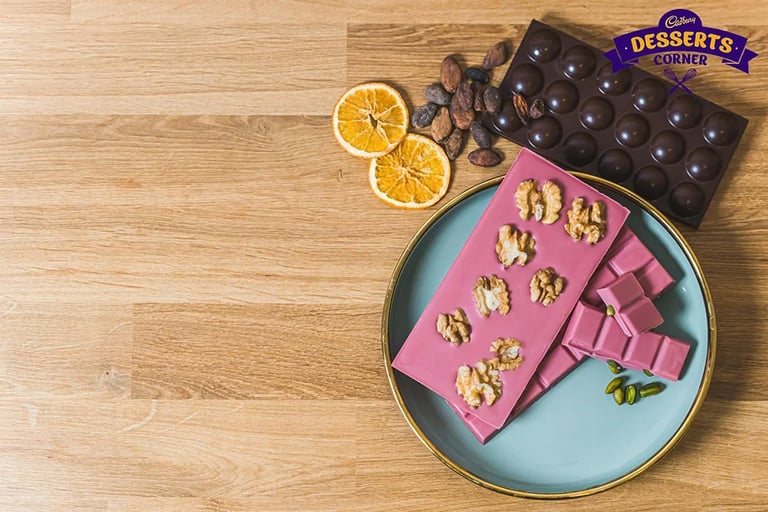
Antioxidant Powerhouse: Ruby chocolate is reportedly high in antioxidants, which are natural substances that help protect cells from free radical damage. These antioxidants, primarily flavanols, have been linked to improved heart health, reduced inflammation, and may lessen the risk of some chronic diseases.
Mood Enhancer: The ingredient phenylethylamine (PEA) found in ruby chocolate helps to regulate mood and promote feelings of happiness and well-being. PEA is also linked to the release of endorphins, which have both pain-relieving and mood-boosting properties.
Reduced Sugar Content: Ruby chocolate has a lower sugar content than some other chocolate varieties, making it a natural alternative for people limiting their sugar intake. The natural sweetness of the cocoa beans used in its manufacture accounts for the reduced sugar level.
To Conclude
Ruby chocolate's distinct flavor and color make it a versatile element in a variety of culinary creations. It can be eaten alone, used in desserts and pastries, or used as a decorative element.
Like This Article?
More Like This

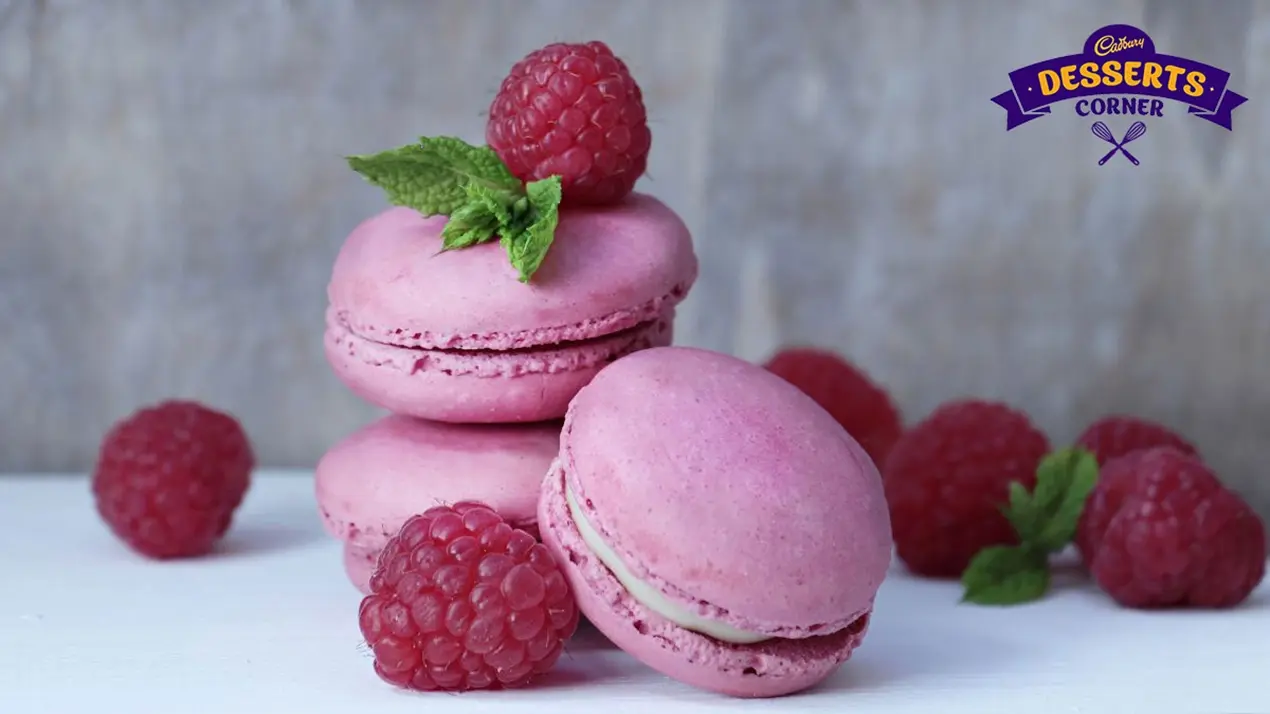

Popular Articles





Trending Web Stories
Curated Recipes
